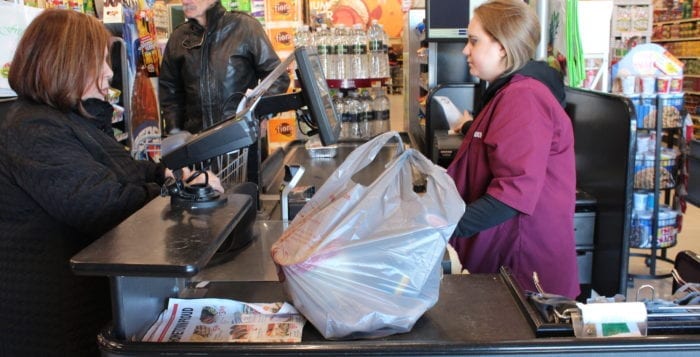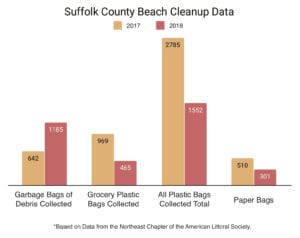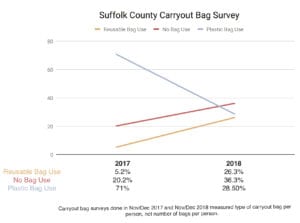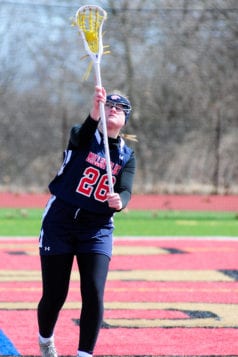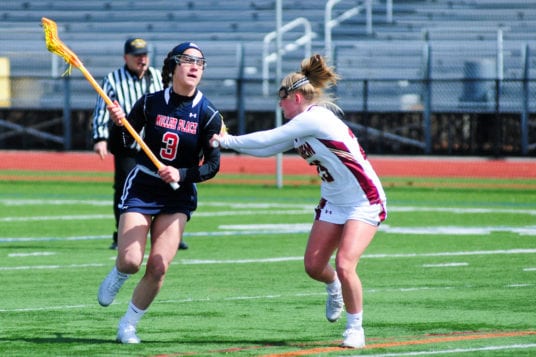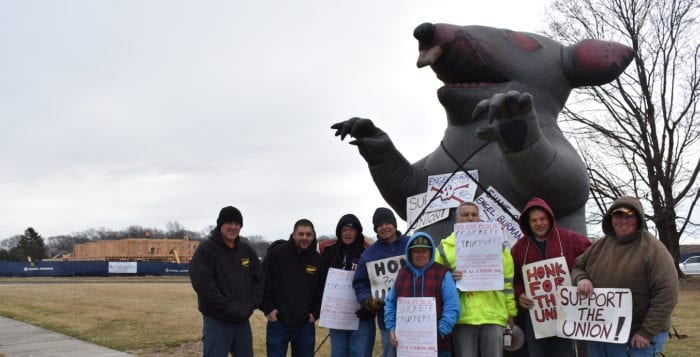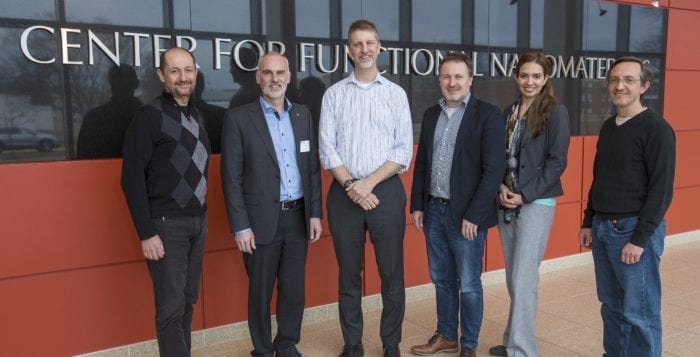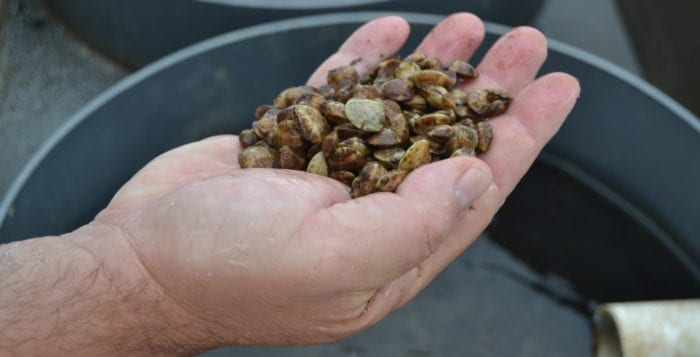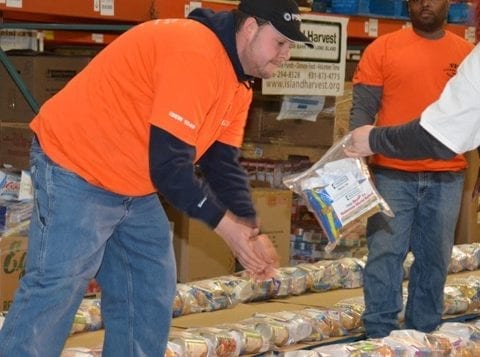Driving around Long Island, it’s most likely you have seen vehicles with a dark sheen of having their windows tinted.
Suffolk County police have said some may have been illegally darkened, but still managed to pass inspection. A 2017 New York State law requires window tint testing during annual motor vehicle inspections, though Suffolk County police had seen an increase in window tint violation summons issued in the two years since the new law took effect.
In response, police conducted a three-month sting operation from November 2018 to January of this year on 11 state inspection stations that were suspected of passing vehicles with illegally tinted windows. One turned out to be an automotive place in Selden.
Police used a decoy vehicle that had tinted windows that blocked 95 percent of light at these inspection stations. Operation Black Glass, as police called the sting operation, found that two of the 11 stations passed the decoy car and issued inspection stickers.
Staria Auto of Selden and Baldwin Automotive of East Patchogue were the two inspection stations that illegally passed the decoy vehicle. The other nine stations correctly did not issue an inspection sticker to the decoy, police said.
Suffolk Police Chief Stuart Cameron provided an explanation of the origins of the operation.
“If a car has illegally tinted windows, it should be failed and taken off the road until the tint is removed and the car is made legal.”
— Stuart Cameron
“Late last year I was driving on the expressway and I was still noticing a significant number of vehicles on the roadways with tinted windows, far more than I would expect to see after this law was in effect for two years,” Cameron said. “I wanted to see what the issue was — why wasn’t this law working like it was anticipated to.”
County Executive Steve Bellone (D) stressed the issue of officer safety when it comes to illegally tinted windows and traffic stops.
“It’s one of the most dangerous situations a police officer can be involved in because there is extreme unknown,” Bellone said. “The danger associated with traffic stops gets heightened by the fact that there are vehicles on the road that have [these] tinted windows.”
The state requires tinted windows to block only up to 30 percent of light, barring medical exceptions for the driver, officials said.
The offending stations were referred to the NYS Department of Motor Vehicles, which could impose penalties on their inspection licenses.
Police issued close to 6,000 summonses last year, far more than before the new law took effect.
Cameron enlisted the help of the criminal intelligence section and asked them to do a comparison against the window tints summons officers have written, to the inspection stations that had issued an inspection certificate to those cars, to see if there was a pattern.
Eleven inspection stations stood out and were targeted in the sting.
Cameron reiterated officer safety, saying anything could be happening when you can’t see what’s behind these windows.
“[These inspection stations] have an obligation to uphold a New York State law when cars are being brought in to be inspected,” the county police chief said. “If a car has illegally tinted windows, it should be failed and taken off the road until the tint is removed and the car is made legal.”
Bellone said Suffolk residents should not put officers’ safety at risk, for essentially a cosmetic addition to a vehicle.
“It’s not something we are going to tolerate, we are going to do everything to protect officers who are out there protecting us each and every day,” he said.


